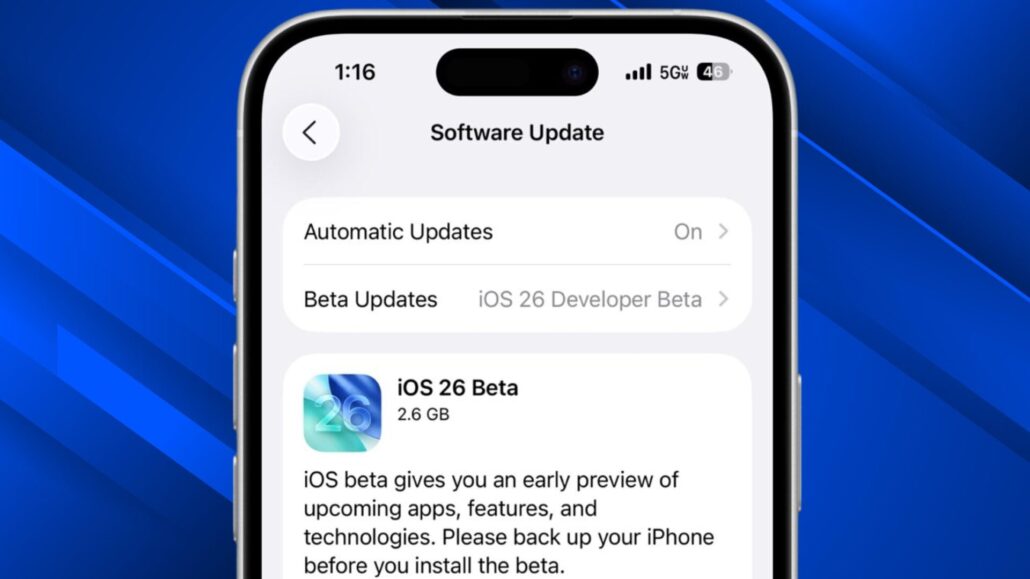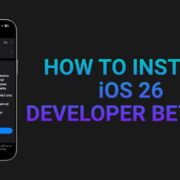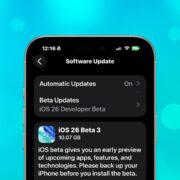Apple Tweaks iOS 26 Beta 1 With a Stealthy Build Update — Here’s What Changed (and What Didn’t)

Apple has released a minor yet noteworthy iOS 26 beta 1 update, shifting the build number from 23A5260n to 23A5260u. While there’s no flashy new feature or major announcement tied to this update, it’s still worth a quick look—especially if you’re an early adopter running the beta on your device.
iOS 26 Beta 1 Update Comes With No Official Release Notes
If you were hoping for a list of fixes or new features, you’re out of luck. Apple hasn’t published any release notes for the jump from “n” to “u.” This isn’t unusual during beta cycles—sometimes these build bumps happen behind the scenes to address very specific issues that may not warrant a formal changelog. Apple often skips detailed notes for minor builds when the changes are limited to stability tweaks or background improvements that don’t impact the user interface.
Common Minor Revision Updates
While we don’t have official confirmation, minor revisions like this often focus on:
- Stability improvements for certain device configurations: If your device was experiencing odd bugs or crashes, this build might smooth things out.
- Setup-flow and provisioning fixes: Early betas sometimes hit snags during initial setup or when enrolling new devices in developer programs. This build could address those hiccups.
- Internal framework or asset updates: Under-the-hood tweaks—such as updates to graphics libraries, system services, or other foundational code—that lay the groundwork for future beta releases or refine existing code without changing the user-facing experience.
Who Should Install This iOS 26 Beta 1 Update
If you’re already running iOS 26 beta 1, updating to build 23A5260u is generally a good idea. These types of micro-updates are typically aimed at improving overall stability and ironing out early glitches. However, if you’re not already on the beta track, there’s no compelling reason to jump in solely for this update.
Developers actively testing apps against iOS 26 will want to stay current to ensure compatibility and catch any subtle changes in behavior that could impact their software.
Best Practices for Testing
As always with beta software—and especially with early builds like this—it’s smart to take a few precautions:
- Use a secondary device: Avoid installing on your primary iPhone if you rely on it daily.
- Back up your data: Always create a full backup before installing beta software to prevent data loss.
- Keep an eye on performance and battery life: Even small changes can affect battery drain or app responsiveness.
- Report any issues: Apple’s Feedback Assistant is there for a reason. The more data Apple receives, the better the final release will be.
Wrapping It Up
The bump from 23A5260n to 23A5260u may not make headlines, but it’s a typical part of Apple’s iterative beta process. While the lack of release notes leaves us guessing, these behind-the-scenes tweaks help pave the way for a smoother experience when iOS 26 eventually rolls out to everyone.
Stay tuned as Apple continues to refine iOS 26. If history is any guide, we can expect more substantial updates as the beta program progresses through the summer months.








Leave a Reply
Want to join the discussion?Feel free to contribute!